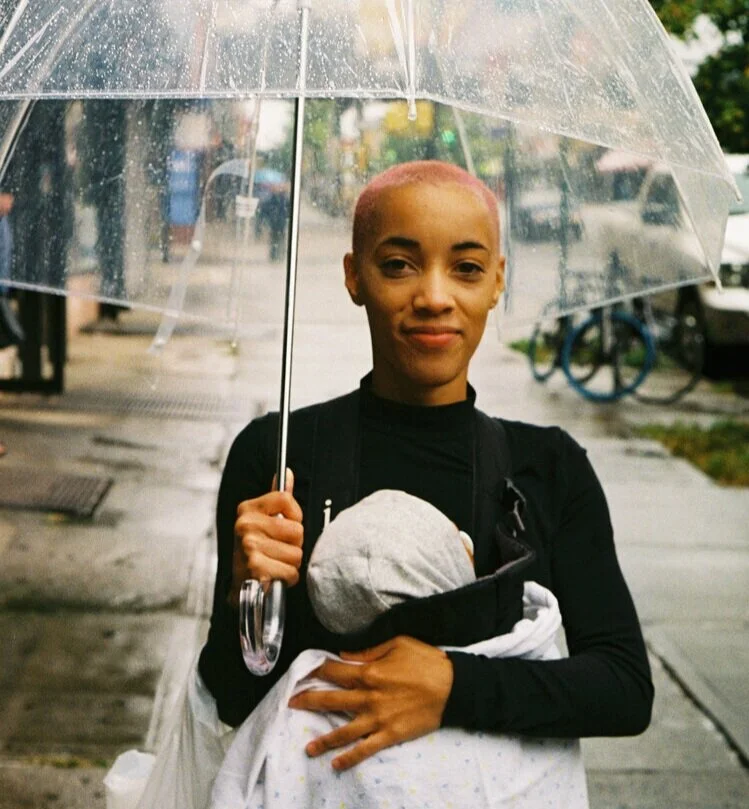
Envisioning practical applications of AR in everyday use
Augmented Reality Prototypes
User Research & Product Design
Augmented Reality is an exciting new platform that can be used to integrate digital and physical worlds. This change of perspective allows the user to experience knowledge directly overlayed on top of their local environment and objects. We set out to determine what users thought would be the most useful applications of augmented reality in their lives. Using the insights we gathered from our user research, we designed 3 prototypes to illustrate practical applications of AR.
User Research
We conducted user interviews to discover needs, frustrations and pain points that people had in their daily lives and that could be improved upon with AR.
We discovered a main insight that led us to develop three proofs of concept.
1. It is frustrating to have to look down at your screen when you are doing something physically intensive
From our interviews we discovered that people find it frustrating having to look down at their phone or computer screen while they are in the middle of performing an action like cooking. driving or working out. Augmented reality could really improve upon activities that require a lot of user engagement like social interactions, while they are performing intensive physical actions, or ones that require concentration or focus.
2. It is annoying having to disengage from a social situation to look something up online
Similarly, in our interviews we discovered that when a friend recommends a book or movie, or people want to share something they read online, it is annoying having to disengage from the social situation and look at their phone trying to find it.
3. Interacting with objects in the real world is a great way to learn
One thing that came as a surprise from our research is that people often use their phones to learn about the world. They find it frustrating relating what they learn to what they see in their daily lives. They are interested in learning about the world through the local objects that they see in their immediate environment.
From our research we compiled a persona to help us visualize our target user
“I don’t want to like wear a phone on my head and be more disengaged from real life”
Naomi Nurse from New York City, NY
Frustrations
I want to learn more about how to do things, not just facts
I want to know how knowledge applies to my particular situation and environment
I am already overwhelmed by the deluge of messages and information coming in from my iPhone.
Needs
A way of learning in her real life context
Something that reduces the already overwhelming amount of information coming in
A way of integrating digital technology into her life in a more seamless and less stressful manner
Summary
Naomi lives in New York City and she rides the 6 train to work every day. She has head about augmented reality but isn’t interested in further complicating her life, because she already spends hours on her iPhone and finds it stressful and overwhelming keeping up with her contacts and social media. She spends a lot of time studying and learning on the job, and has a hard time relating book knowledge to her work environment and the particular cases that she sees in the hospital where she works. She is also learning Portuguese on the side via her Duolingo app, but she isn’t sure that she remembers anything from it later.
Reframing The Problem
Naomi has a need for learning that is seamlessly integrated into her daily life and reflects her priorities and immediate environment. How might we help learn how to do things in a way that isn’t stressful and also takes into account the particulars of her daily life?
Design Studio
From our research we determined that Naomi needs a way to integrate learning into her daily life. It shouldn’t have to be a separate activity, but rather as problems arise she should be able to consult as needed to find out new information.
In order to transition from the research to design phase we began a process of sketching out various ideas and using post it notes to prioritize features for our design. We made a list of 10 different ideas for AR learning prototypes and then choose our top three favorites to make mockups of.
Prototypes
Book Shopping
Easily see prices, add to cart, author info and user ratings by picking up a hardcover or paperback.
Language Learning
Learn the names of objects around you in any language by using a simple open palm gesture.
Cooking
Easily see the recipes above the oven or stove while you are cooking or baking without having to look away.
Next Steps
For the next steps we will test our prototypes with users and refine the designs based on the results of user interviews and usability tests. We are also interested in carrying this design process further and coming up with new designs for AR apps and user interfaces.




